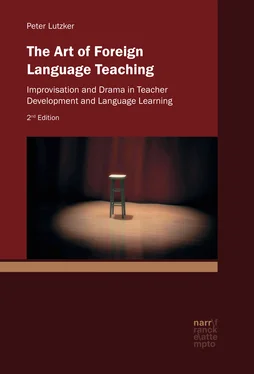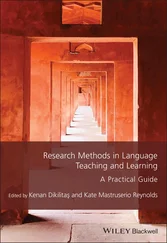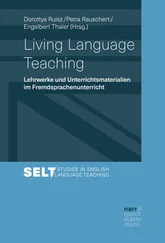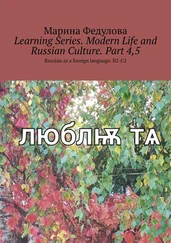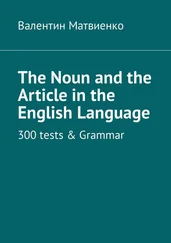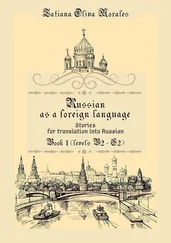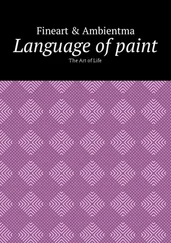Peter Lutzker
The Art of Foreign Language Teaching
Improvisation and Drama in Teacher Development and Language Learning
[bad img format]
Umschlagabbildung: Martin Fischer, shutterstock.
2 ndupdated edition 2022
1 stedition 2007
© 2022 • Narr Francke Attempto Verlag GmbH + Co. KG
Dischingerweg 5 • D-72070 Tübingen
Das Werk einschließlich aller seiner Teile ist urheberrechtlich geschützt. Jede Verwertung außerhalb der engen Grenzen des Urheberrechtsgesetztes ist ohne Zustimmung des Verlages unzulässig und strafbar. Das gilt insbesondere für Vervielfältigungen, Übersetzungen, Mikroverfilmungen und die Einspeicherung und Verarbeitung in elektronischen Systemen.
Alle Informationen in diesem Buch wurden mit großer Sorgfalt erstellt. Fehler können dennoch nicht völlig ausgeschlossen werden. Weder Verlag noch Autor:innen oder Herausgeber:innen übernehmen deshalb eine Gewährleistung für die Korrektheit des Inhaltes und haften nicht für fehlerhafte Angaben und deren Folgen. Diese Publikation enthält gegebenenfalls Links zu externen Inhalten Dritter, auf die weder Verlag noch Autor:innen oder Herausgeber:innen Einfluss haben. Für die Inhalte der verlinkten Seiten sind stets die jeweiligen Anbieter oder Betreibenden der Seiten verantwortlich.
Internet: www.narr.deeMail: info@narr.de
ISBN 978-3-8233-8501-1 (Print)
ISBN 978-3-8233-0308-4 (ePub)
I am very grateful to all those people who made it possible for me to write the first edition of this work. I would again like to thank my professor and mentor Prof. Dr. Hans Hunfeld for his willingness to take on this project and for his continual support and superb advice. I remain very much indebted to my highly dedicated and conscientious colleague Dr. Sandra Lowerre who unflinchingly took on the daunting task of editing a very long manuscript and maintained her enthusiasm and commitment to the very end. Christopher Wagner proved to be of invaluable assistance in the last phase and I am deeply grateful to him for all the suggestions he made. I am much indebted to Prof. Dr. Christoph Jaffke who was always very ready to share his expertise and experience whenever it was needed and who was tremendously helpful in the final editing phase. Dr. Martyn Rawson provided invaluable and unstinting assistance with the countless translations. I would also like to thank Vivian Gladwell for his unending willingness to generously share his knowledge.
I am grateful to Robert McNeer for his support at different points. I want to thank my mother Prof. Marilyn Lutzker for her very helpful editorial advice. I would also like to thank my former colleagues at the Düsseldorf Waldorf School for their support and understanding and in particular those colleagues who were so helpful in the production of the class play – Martin Schneider, Jens Jensen, Kristina Döring, and Heinz Rzepka.
I am very grateful to the Pädagogische Forschungsstelle des Bundes der Freien Waldorfschulen for their generous financial support of this project.
A special thanks to all my former pupils in the 10 thgrade who are now adults, many with their own children, who cheerfully put up with my research inquiries while working very intensively and constructively on their play.
Another very special thanks to the 55 participants in the clowning courses who took the time despite their busy teaching schedules to respond so extensively.
I want to thank Friederike Krost-Lutzker for her acceptance of the demands which this work presented.
Finally, I am deeply indebted to my three children, Samuel, Milena and Tabea whose understanding and love were always a continual source of inspiration.
In preparing the second edition of this book, I would like to express my deep gratitude to Imke Claussen for her invaluable help and support.
Introduction to the 2 ndEdition
The first edition of this book, which appeared in 2007, has been out of print for a number of years. In considering the possible reasons for a new edition and the form it should take, a number of issues needed to be addressed. What seemed most crucial for a second edition was to consider the relevance of what had been written more than 14 years ago in the light of the world as it is in 2021. A further and related consideration was the necessity of taking into account those relevant developments and publications that have occurred in the intervening years, which led to the question to what extent new material could be incorporated. Expanding the second edition, however, contradicted my wish to somewhat shorten the original version. Clearly, reexamining the validity and topicality of teaching as an art in 2021 while attempting to integrate and discuss a broad range of recent publications and, at the same time, trying to reduce the length of the first edition would be a clear case of trying to ‘have one’s cake and eat it too’. Choices had to be made.
After reviewing as much of the new material as possible, I came to the conclusion that I would try to inform the reader of recent developments and publications in the form of an overview in a new introduction, rather than attempting to integrate this material into the original text. There were different reasons for this decision. Obviously, to do justice to what has been published in the meantime would have significantly lengthened the original text. A possible alternative would have been to focus more on recent material and reduce what stood in the original. What spoke against this was that my intention had been to give a background and a lasting foundation for the development of the concept of teaching as an art. Even in the light of the very interesting developments that have occurred in the last fifteen years, I remain convinced that my original choices and sources have, in fact, stood the test of time very well, and can continue to provide an inspiring and fruitful basis for further developments.
The main body of the text has been somewhat shortened at a number of points, mostly with respect to its original academic context. The first edition was a revised version of my Ph.D. thesis which meant that there was a pronounced emphasis on establishing an encompassing and well-documented academic basis for the entire work. Although the Ph.D. thesis was even longer than the book, the first edition still evinced many elements of that intention. For those readers who, for whatever reasons, are interested in having a somewhat fuller academic version, I would thus suggest trying to obtain a copy of the first edition. While reducing some of the academic background material, I have, nevertheless, not reduced the focus on the qualitative research which was carried out in the context of in-service teacher education, nor on my practitioner-based research which was conducted in the context of an intensive 10 thgrade drama project. Both the descriptions of those projects and the ensuing discussions and conclusions drawn from that research have remained largely the same. I have also kept most of the original overview of the historical development of the concept of teaching as an art in European and Anglo-American contexts, as this, to my knowledge, has not been comparably covered in other works. Finally, I have also left the first introduction which elucidates both the underlying concept of the book and its structure.
What has been added will be found in what follows in this introduction to the 2 ndedition and in a new chapter which has been added as an appendix. In the appendix I consider the relevance of what I wrote in the first edition viewed from the perspective of the summer of 2021 and the concept of teaching as an art within the broader context of considering the future of teaching and learning in an age increasingly shaped by the digitalization of all aspects of life. As these changes, along with the educational paradigms which underlie them, clearly affect foreign language teaching, I consider it essential to address them in this new edition.
Читать дальше
